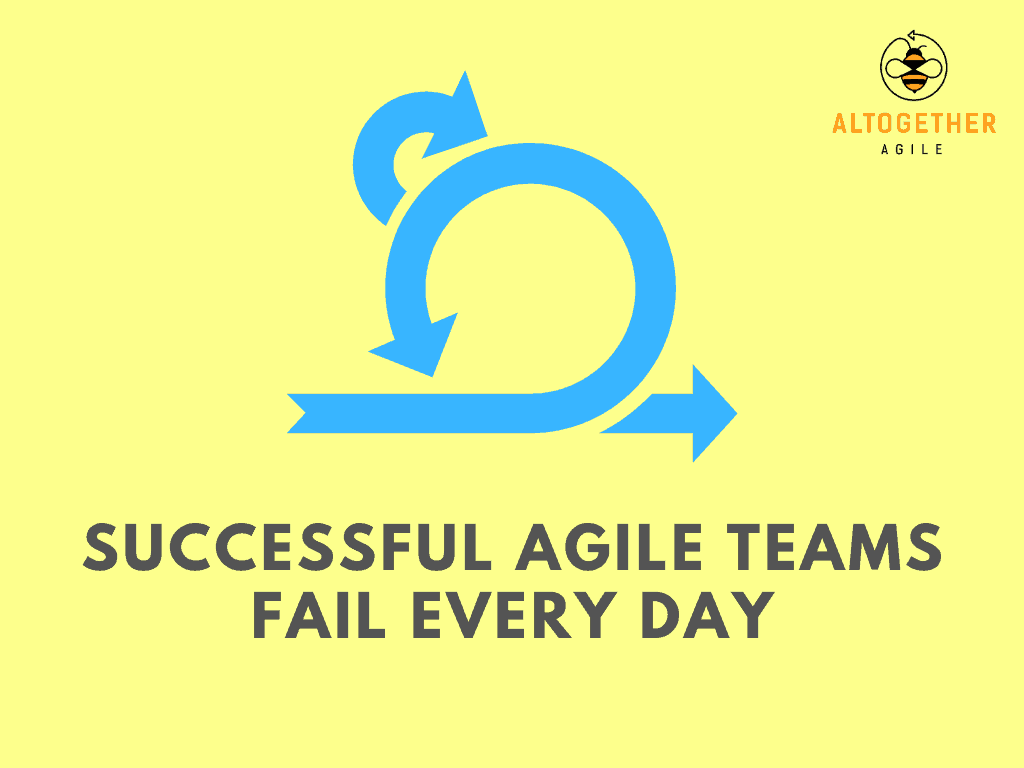Adapt: Why Success Always Starts with Failure by Tim Harford
A great book about the fultility of grand plans in a complex world. Tim Harford shows how the world’s most complex and important problems can only be solved from the bottom up by rapid experimenting and adapting. For a similar viewpoint see my failure blog post here.
Start With Why: How Great Leaders Inspire Everyone To Take Action by Simon Sinek
Simon Sinek explains the framework needed for businesses to move past knowing what they do to how they do it, and then to ask the more important question-WHY?
Why do we do what we do? Why do we exist? Learning to ask these questions can unlock the secret to inspirational business. Sinek explains what it truly takes to lead and inspire and how anyone can learn how to do it.
Team of Teams: New Rules of Engagement for a Complex World by General Stanley McChrystal with Tantum Collins, David Silverman, and Chris Fussell
As commander of Joint Special Operations Command (JSOC), General Stanley McChrystal discarded a century of management wisdom and pivoted from a pursuit of mechanical efficiency to organic adaptability.
He shows how any organization can make the same transition to act like a team of teams – where small groups combine the freedom to experiment with a relentless drive to share their experience.
Drive: The Surprising Truth About What Motivates Us by Daniel H. Pink
Fascinating look at what motivates people and how Management 2.0 is fading in the modern workplace. Management (Leadership) 3.0, that is strongly reflected in Agile practices is becoming the new normal.
The Coaching Habit: Say Less, Ask More & Change the Way Your Lead Forever by Michael Bungay Stanier
Bungay Stanier unpacks seven essential coaching questions to demonstrate how – by saying less and asking more. Included in my Agile reading list as Agile is dependent on a facilitative, coaching style of leadership and therefore useful reading for Agile coaches and leaders.
Made to Stick: Why some ideas take hold and others come unstuck by Chip and Dan Heath
In the course of over ten years of study, Chip and Dan Heath have established what it is that determines whether particular ideas or stories stick in our minds or not, and Made to Stick is the fascinating outcome of their painstaking research. Entertaining and informative by turns, this is a fascinating and multi-faceted account of a key area of human behaviour. At the same time, by showing how we can all use such cleverly devised strategies as the ‘Velcro Theory of Memory’ and ‘curiosity gaps’, it offers superbly practical insights, setting out principles we all can adopt to make sure that we get our ideas across effectively.
The One Thing: The Surprisingly Simple Truth Behind Extraordinary Results by Gary Keller and Jay Papasan
A strong message about how focus on prioritised individual and team goals is the path to success.
Black Box Thinking: Marginal Gains and the Secrets of High Performance by Matthew Syed
Essential for any Agile reading list and anyone interested in how feedback drives performance. Syed uses an absorbing array of case studies and real-world examples to illustrate how we cannot grow unless we are prepared to learn from our mistakes.
The Checklist Manifesto: How to Get Things Right. by Atul Gawande
Avoidable failures are common, and the reason is simple: the volume and complexity of our knowledge has exceeded our ability to consistently deliver it – correctly, safely or efficiently. Atul Gawande makes a compelling argument for the checklist, which he believes to be the most promising method available in surmounting failure.
Whether you’re following a recipe, investing millions of dollars in a company or building a skyscraper, the checklist is an essential tool in virtually every area of our lives, and Gawande explains how breaking down complex, high pressure tasks into small steps can radically improve everything from airline safety to heart surgery survival rates. Fascinating and enlightening, The Checklist Manifesto shows how the simplest of ideas could transform how we operate in almost any field.
The Lean Startup: How Constant Innovation Creates Radically Successful Businesses by Eric Ries
A must-have on any Agile reading list, although not strictly Agile, but all about using a feedback loop (build, measure, learn) to adapt a product. The ultimate fail fast book using early feedback to verify a solution. The Lean Startup is about learning what customers really want. It’s about testing your vision continuously, adapting and adjusting before it’s too late.
Kanban: Successful Evolutionary Change for Your Technology Business by David J. Anderson
The guy behind the Kanban course. Kanban is becoming a popular way to visualize and limit work-in-progress in software development and information technology work. Teams around the world are adding kanban around their existing processes to catalyze cultural change and deliver better business agility. This book answers the questions: What is Kanban? Why would I want to use Kanban? How do I go about implementing Kanban? How do I recognize improvement opportunities and what should I do about them?
The Phoenix Project: A Novel About IT, DevOps, and Helping Your Business Win by Gene Kim, Kevin Behr and George Spafford
A modern day version of The Goal for DevOps telling the fable of Bill – an IT manager at Parts Unlimited. Included in my Agile reading list as, although the focus is DevOps, it is a good read for any IT professional. In a fast-paced and entertaining style, three luminaries of the DevOps movement deliver a story that anyone who works in IT will recognize.
Agile Estimating and Planning by Mike Cohn
Mike Cohn is the godfather of Agile planning and estimating. Using the techniques in Agile Estimating and Planning, you can stay agile from start to finish, saving time, conserving resources, and accomplishing more. Highlights include:
- Why conventional prescriptive planning fails and why agile planning works
- How to estimate feature size using story points and ideal days―and when to use each
- How and when to re-estimate
- How to prioritize features using both financial and nonfinancial approaches
- How to split large features into smaller, more manageable ones
- How to plan iterations and predict your team’s initial rate of progress
- How to schedule projects that have unusually high uncertainty or schedule-related risk
- How to estimate projects that will be worked on by multiple teams
Agile Estimating and Planning supports any agile, semiagile, or iterative process, including Scrum, XP, Feature-Driven Development, Crystal, Adaptive Software Development, DSDM, Unified Process, and many more. It will be an indispensable resource for every development manager, team leader, and team member.
Scrum: The Art of Doing Twice the Work in Half the Time by Jeff Sutherland
Jeff Sutherland is the Scrum Daddy and this book tells the story of how he came up with the idea. It’s interesting to see how his military background influenced his thinking when he developed an empirical, evidence-based framework.
Little Bets: How breakthrough ideas emerge from small discoveries by Peter Sims
‘Truly innovative companies, Sims argues, don’t get caught up in projections and predictions. Instead, they embrace uncertainty, take a chance, fail quickly and learn fast.’
It doesn’t get more Agile than that – controlled experimentation in small steps to see what works and what doesn’t!
User Story Mapping: Discover the Whole Story, Build the Right Product by Jeff Patton
The best and most fun way to develop user stories and your backlog. If ever there was a useful collaborative technique for projects then this is it!
The Five Dysfunctions of a Team: A Leadership Fable by Patrick Lencioni
The Five Dysfunctions of a Team is a fable, a story, to illustrate the authors key points. It is always nice to have examples and relate things to the real world and, like The Goal and the new Phoenix Project, this book does that with a story. A nice addition to any Agile reading list as transitioning to Agile is likely to throw up any number of the five dysfunctions!
Agile Retrospectives: Making Good Teams Great (Pragmatic Programmers) by Esther Derby and Diana Larsen
Agile teams are reliant on openess and honest, frank feedback to build a ‘one team’ mind-set. Regular retrospectives are an essential event to develop team performance. A well run retrospective can be as much fun as a barrel of monkeys. A badly run retrospective can be excruciatimg and turn into trench warfare.
This book is full of great ways to run fun and useful retrospectives, but actually is great for facilitation in general.




